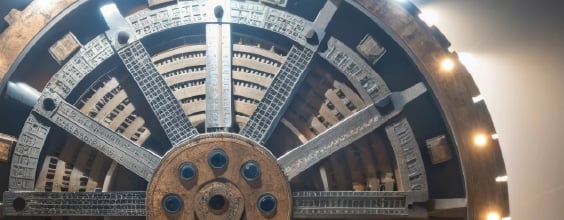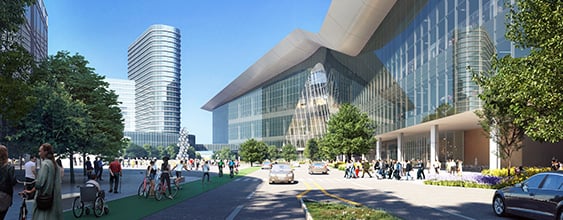The new bridge consists of two main towers sitting on concrete pedestals, two main cables per tower saddles, 50 suspenders, and a steel grid decking walkway with mesh fencing and hand cable. A few weeks after mobilization of the project site, the design was modified from wood to steel decking.
“Our bridge was the pilot program,” Hoffman said. “This innovative design is faster and safer, and is a big step forward for B2P’s partnership with the Rwandan government and its commitment of building 355 footbridges over the next five years.”
“The community members were unsure about the bridge, since they could see through to the ground and river below them,” added Byron, who serves as director of the program. “But those worries faded once the bridge was inaugurated and folks went back and forth a few times. The build was seamless – we finished the bridge in five-and-a-half days!”
Using a different kind of decking meant the rebar suspenders needed to be bent prior to installation at specific points. While the change didn’t pose any construction challenges it did require a bit of a learning curve, since it was an aspect of a bridge build that B2P hadn’t dealt with previously.
“I didn’t quite know what to expect going into this build,” Byron said. “While I learned a lot about bridge construction, I also learned an incredible amount from the community members and Rwanda in general. As a country, they are still healing, but the capacity for forgiveness and the resiliency they demonstrate was powerful.”
















